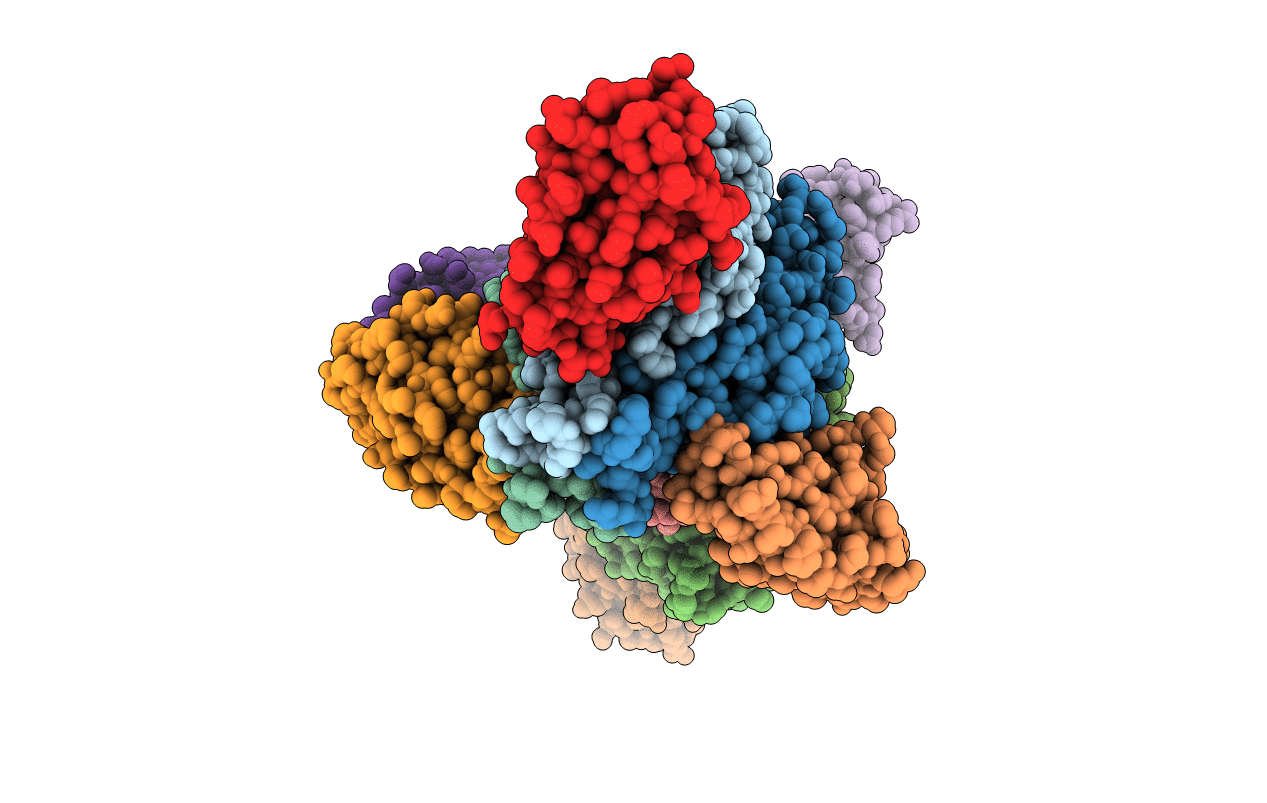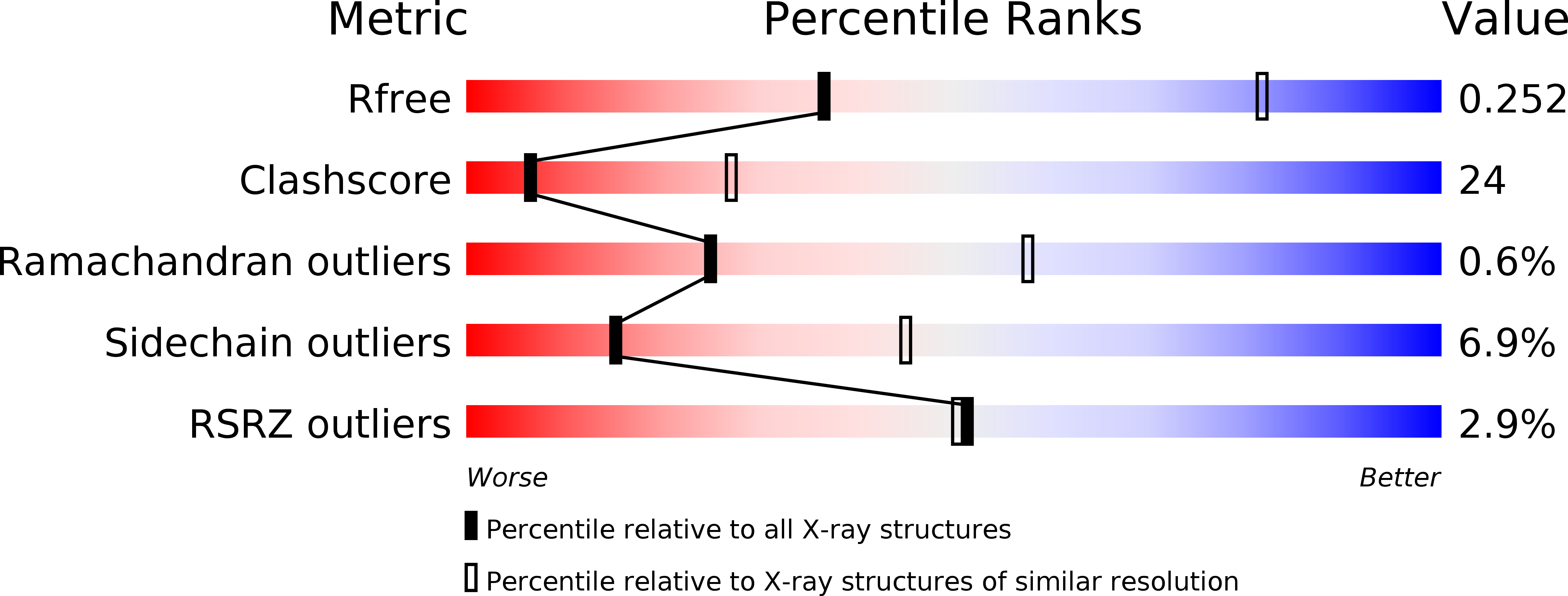
Deposition Date
2008-09-29
Release Date
2008-11-04
Last Version Date
2024-11-20
Entry Detail
PDB ID:
3EOY
Keywords:
Title:
Structure of Reovirus sigma1 in Complex with Its Receptor Junctional Adhesion Molecule-A
Biological Source:
Source Organism:
reovirus (Taxon ID: 10886)
Homo sapiens (Taxon ID: 9606)
Homo sapiens (Taxon ID: 9606)
Host Organism:
Method Details:
Experimental Method:
Resolution:
3.40 Å
R-Value Free:
0.25
R-Value Work:
0.21
R-Value Observed:
0.21
Space Group:
P 21 21 2


